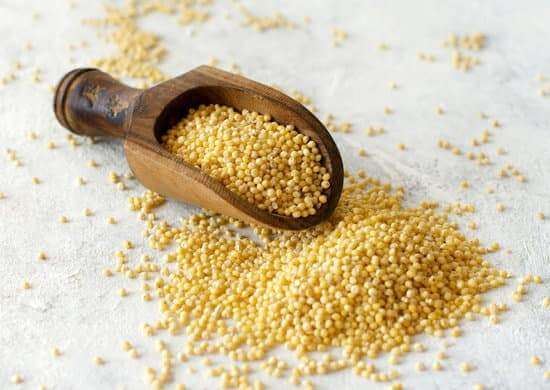
March 12, 2017 3 min read 2 Comments
History
Millet is an ancient grain with its cultivation dating back as far as 12,000 years. Its African origins make this grain an ideal candidate for farming even in poorer soils and dryer weather conditions. Historically, Millet was honored as one of the five sacred crops in ancient China and also earned a mention in the Bible as an ingredient for unleavened bread.
Over the ages, Millet has been a staple in the Eastern European diet where it was primarily eaten as a porridge or fermented into an alcoholic beverage. In India, Millet grains are ground into flour and used for making the traditional Indian flatbread known as Roti. In North American recipes Millet is typically used as a breakfast cereal or may be prepared and served as a side dish, similar to how rice is often prepared.
What is Hulled Millet?
Millet is available in pearled (unhulled) or hulled form. However, it is only prepared as food after being hulled since the grain has a naturally hard, indigestible covering that is removed before it can be considered ready for human consumption (much like Quinoa). As a result, Hulled Millet is the most commonly sold form. Once out of the hull, Millet seeds resemble tiny yellow beads with dark dots on the side where they are detached from the plant’s stem. Millet has a mild, slightly sweet flavor when cooked and can be prepared in a short period of time.
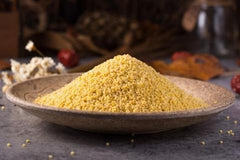
Nutritional Profile
Nutritionally, Millet is an excellent source of dietary fiber. It is also a good source of manganese, magnesium, phosphorous, and copper.
Millet, like oat-bran and other grains, can also be also a healthy gluten-free option as well. Additionally, it is considered to be one of the least allergenic of all grains. One of its significant benefits is that while many other grains are acidic, Millet is alkaline which makes it easily digestible, and helps maintain pH equilibrium in the body.
As always, a great source of even more background can be found at the non-profit siteWHFoods.org - click here for a direct link regarding Millet.
Why Organic Hulled Millet?
Despite the added price, think about buying organic Hulled Millet since organic products are higher in nutrients and do not contain contaminants as do non-organic foods.
Storing and Preparation
Once purchased, Millet should be stored in an airtight container if possible, and certainly in a cool, dry place. These steps alone can increase its shelf life significantly. We have heard many stories of organic grains lasting as much as a year (or even more) when stored properly.
When preparing Millet for cooking, it is recommended to pre-soak the grains, as this makes them more digestible (especially the proteins), cuts down on anti-nutrients, unlocks certain key nutrients (such as enzymes, minerals and more) as well as reduces the cooking time. Once ready, Millet may then be prepared by boiling, pressure cooking or steaming. At the bottom of this article we list a few recipes containing Millet.
An important heads up on preparing Millet is that some recipes require Millet grains to be prepared slightly drier than others, so we recommend that you pay close attention to the instructions. This means that cooking times and liquid quantities will vary based on how moist or dry you need the Millet to be. Other preparations recommend slightly toasting the grains before cooking to give the Millet a nuttier flavor as well as a more texture. To toast it, Millet grains may be preheated in a skillet over medium heat and cooked until golden brown.
Millet can also be used as a healthier alternative to rice in stir-fry, as well as in salad recipes or as a side dish. It can just as easily be used as a breakfast porridge / hot cereal or even added into baked goods for additional crunchy texture. It can be used in casseroles, stews, stuffing, and soufflés as well.
Millet may be prepared sweet or savory which makes this grain versatile for use in a wide variety of recipes. Given its light flavor, Millet lends itself well to seasoning and effectively blends in with other ingredients in the recipe.
❤ Try our USDA certified Organic Hulled Millet ❤
Recipes:
Thanks for reading this Be Still Farms Blog article. To sign up for more news/articles and/or recipes, click here. For more about us, click here. To shop our certified organic products, click here.
Please comment and share and we look forward to serving you in the future!
May 30, 2016
Hello, Just found your article. Millet is an excellent addition to brown rice. We use about 3/4 cup rice and 1/4 cup millet to 2 cups of water. Boil water, add grains, cover and simmer 25 minutes, take off heat for another 25 minutes until water is absorbed. Adds a very nice texture and flavor and makes the rice more fluffy.
Comments will be approved before showing up.
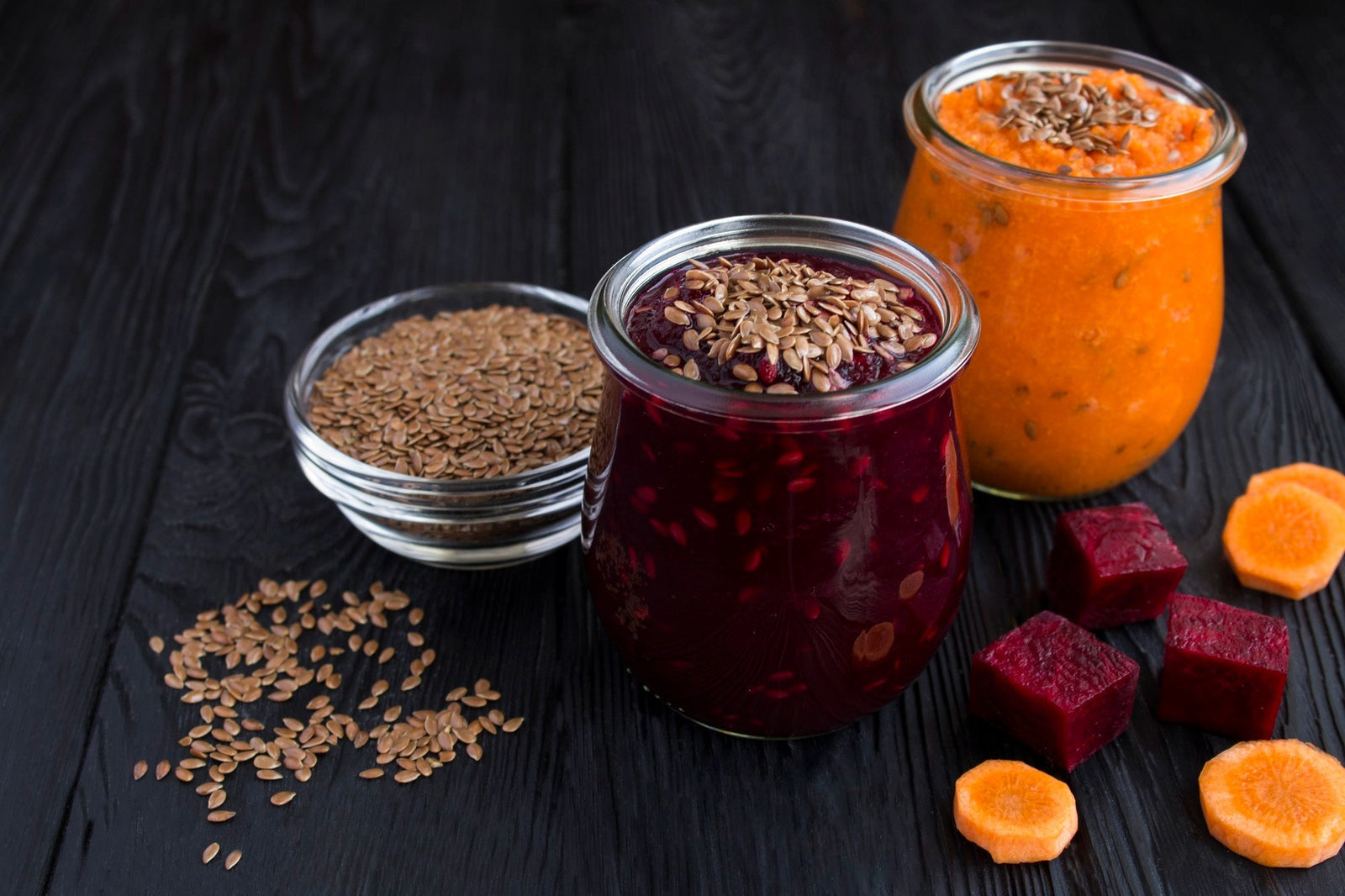
January 27, 2025 3 min read
Flaxseed, the tiny yet powerful superfood, is packed with nutrients that can support weight loss. From curbing hunger to stabilizing blood sugar, this guide dives into the science of how flaxseed can help you shed those extra pounds.
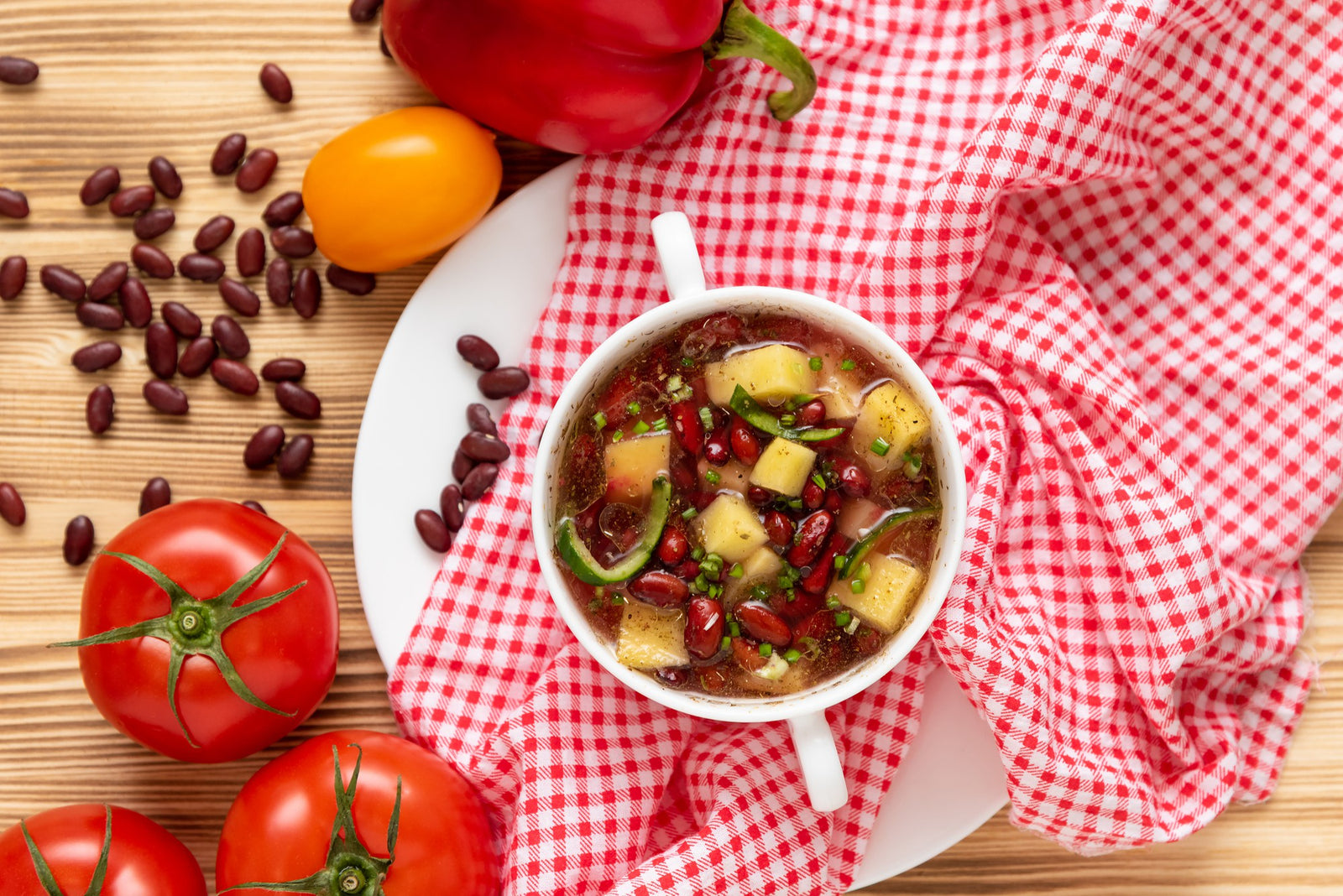
December 11, 2024 3 min read
Discover three quick and easy soup recipes featuring organic small red beans. From a classic vegetable soup to a creamy potato blend, these wholesome recipes are perfect for chilly days and busy weeknights. Packed with flavor and nutrition, these soups will warm your heart and soul this winter!
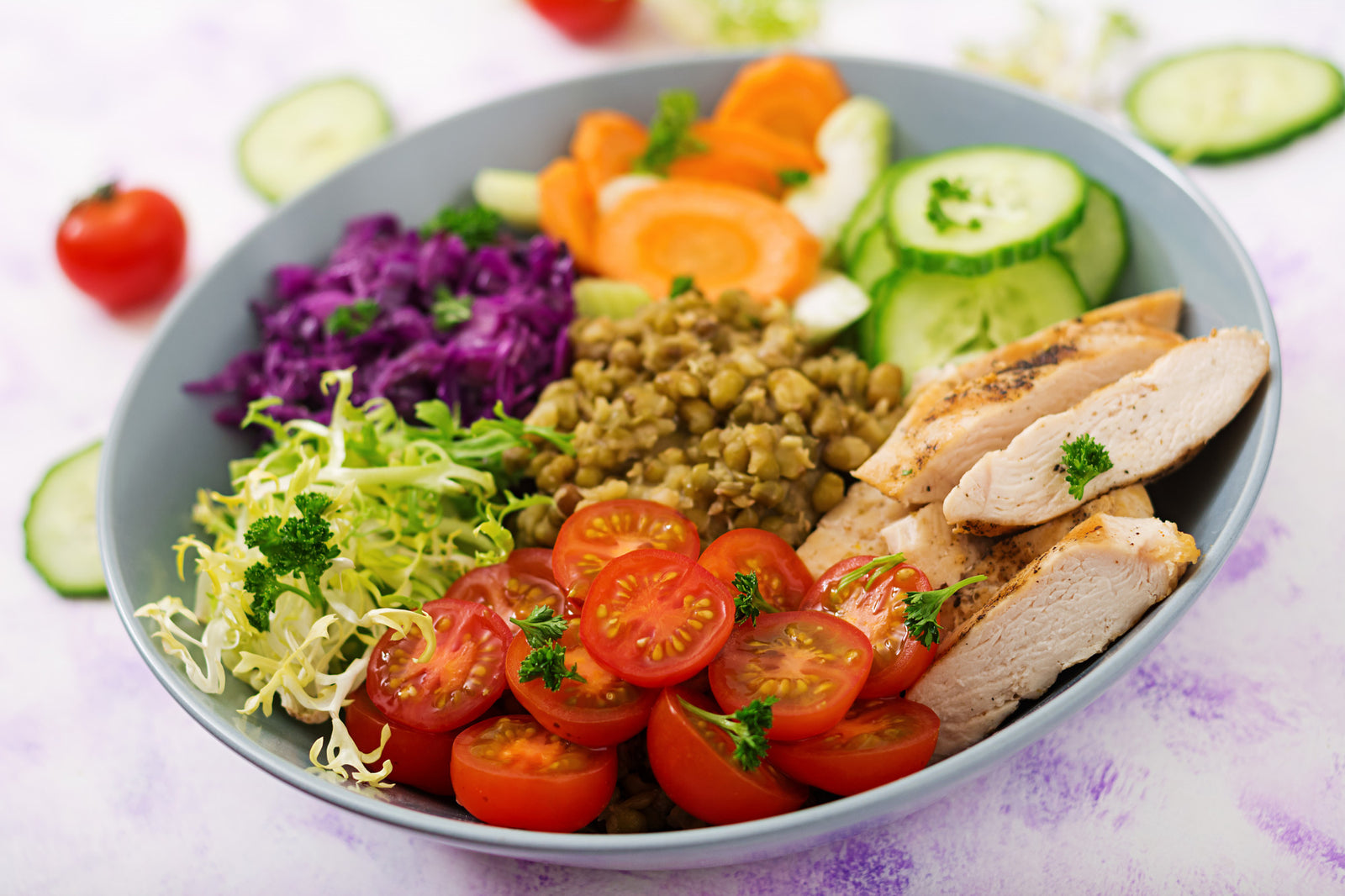
December 06, 2024 3 min read
This vibrant and nutritious Green Lentil Salad combines tender lentils with grilled chicken, fresh vegetables, and a zesty lemon dressing. Packed with protein, fiber, and essential vitamins, it’s the perfect healthy meal for any time of day.
© 2025 Be Still Farms- Real, Fine Organics.
Privacy | Terms | Refund Policy | Organic Certification
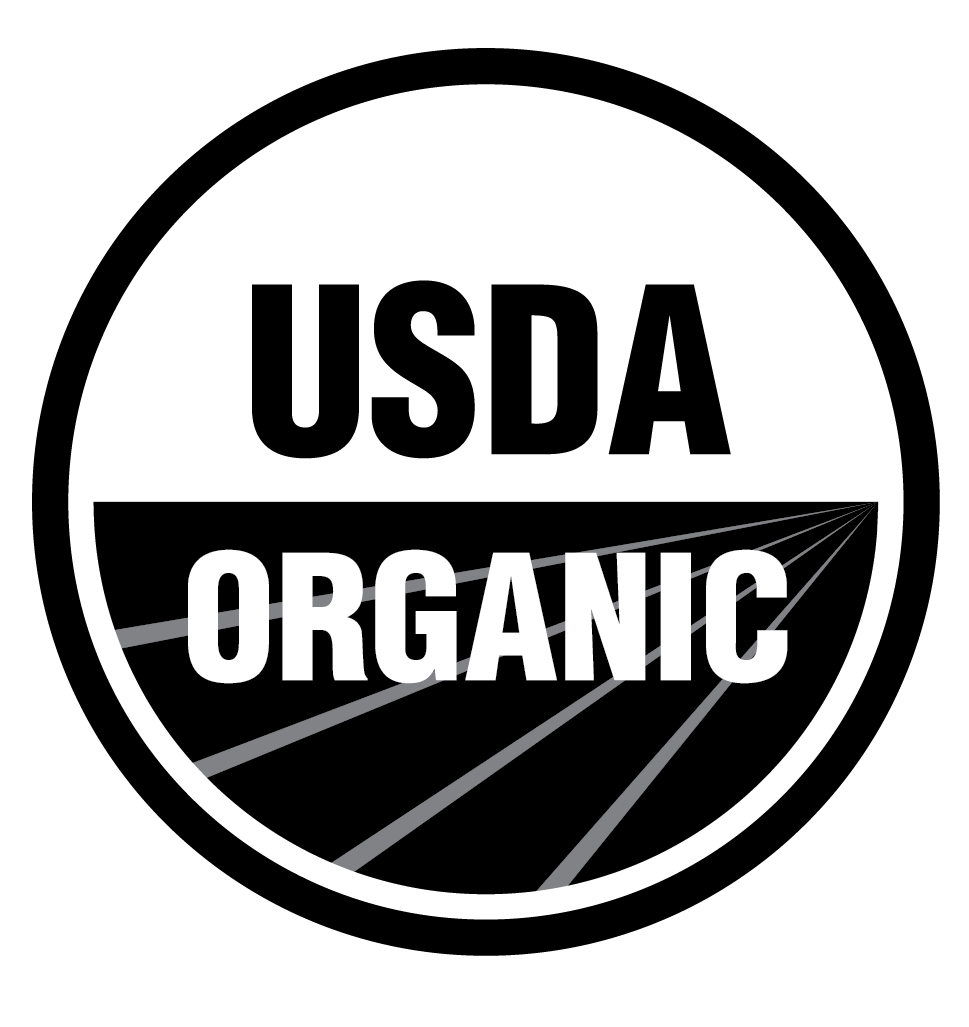
Diana
June 04, 2019
I have found that no matter how I prepare millet (presoak or toasted or otherwise) that some of the grains do not fully cook. What am I doing wrong here?